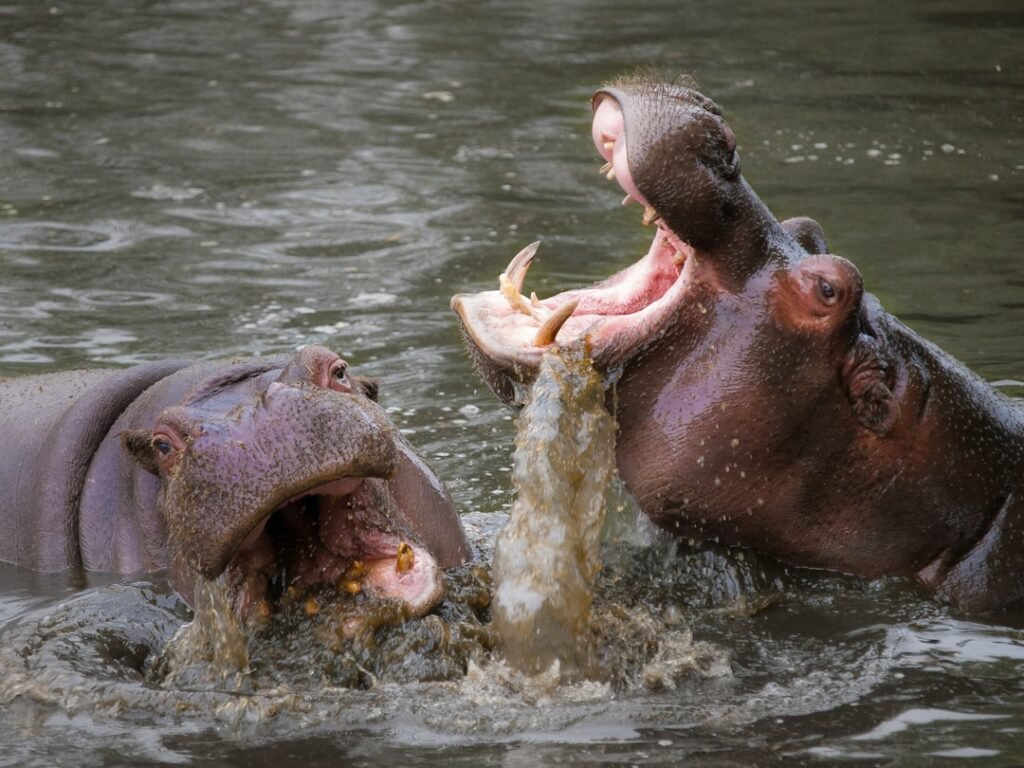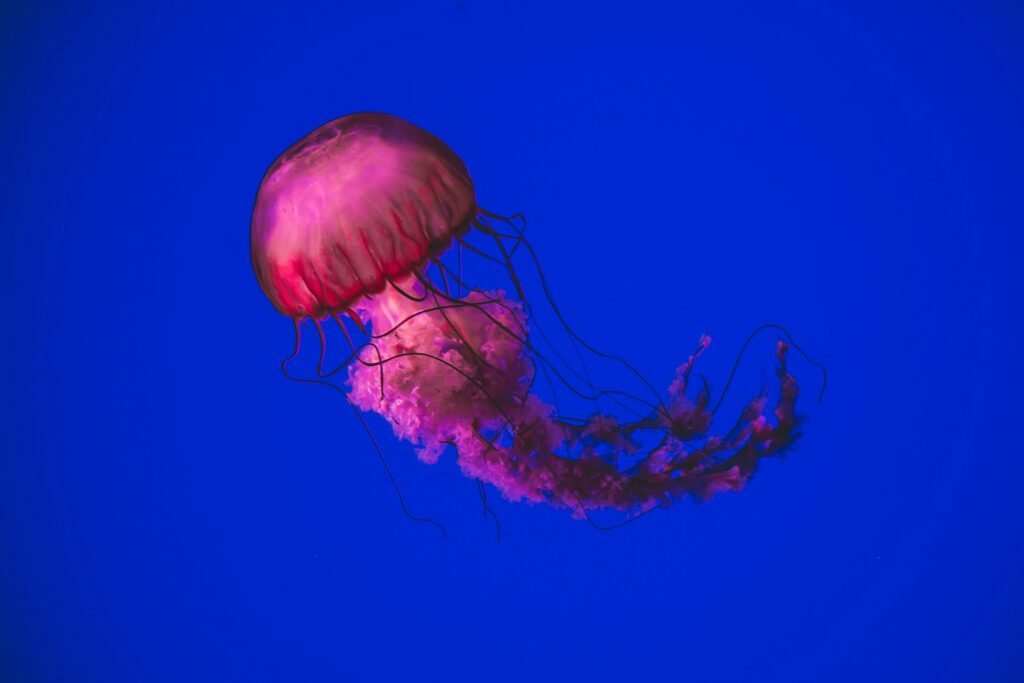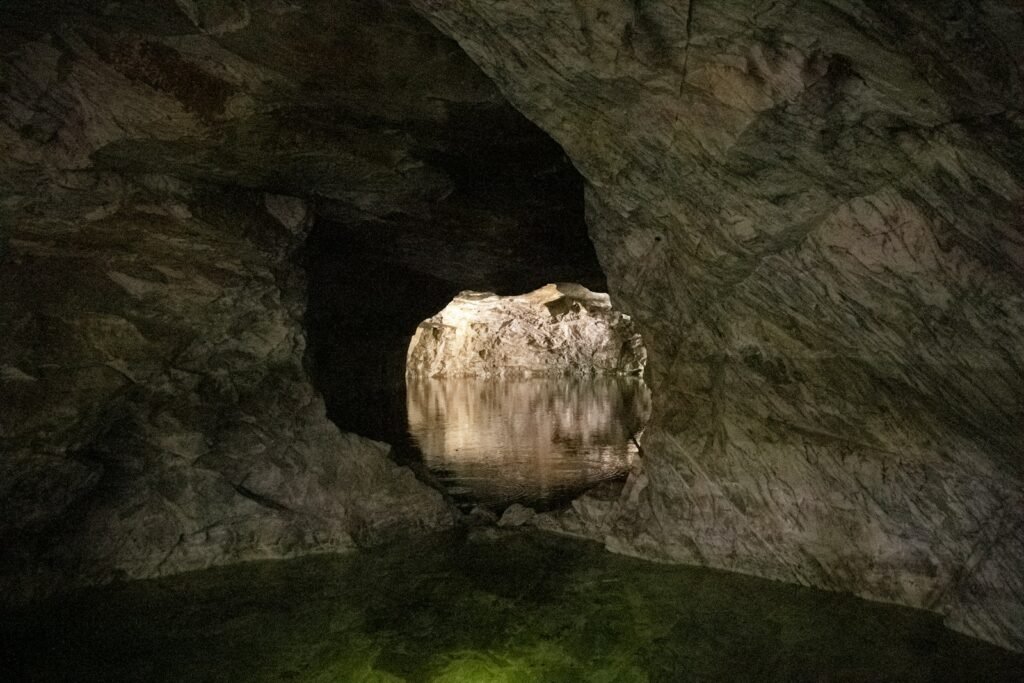You might assume that the so-called king of the jungle stands uncontested in the wild. Yet nature has its ways of humbling even the mightiest predators. While lions possess incredible strength, powerful jaws, and hunting prowess, they share their territory with creatures that can match or exceed their formidable abilities.
These confrontations reveal a fascinating side of wildlife dynamics. From massive herbivores that tower above the savanna to surprisingly dangerous smaller animals, nature provides various creatures capable of defeating lions in direct confrontations. Let’s dive into the remarkable world of animals that challenge the lion’s reign.
African Elephant
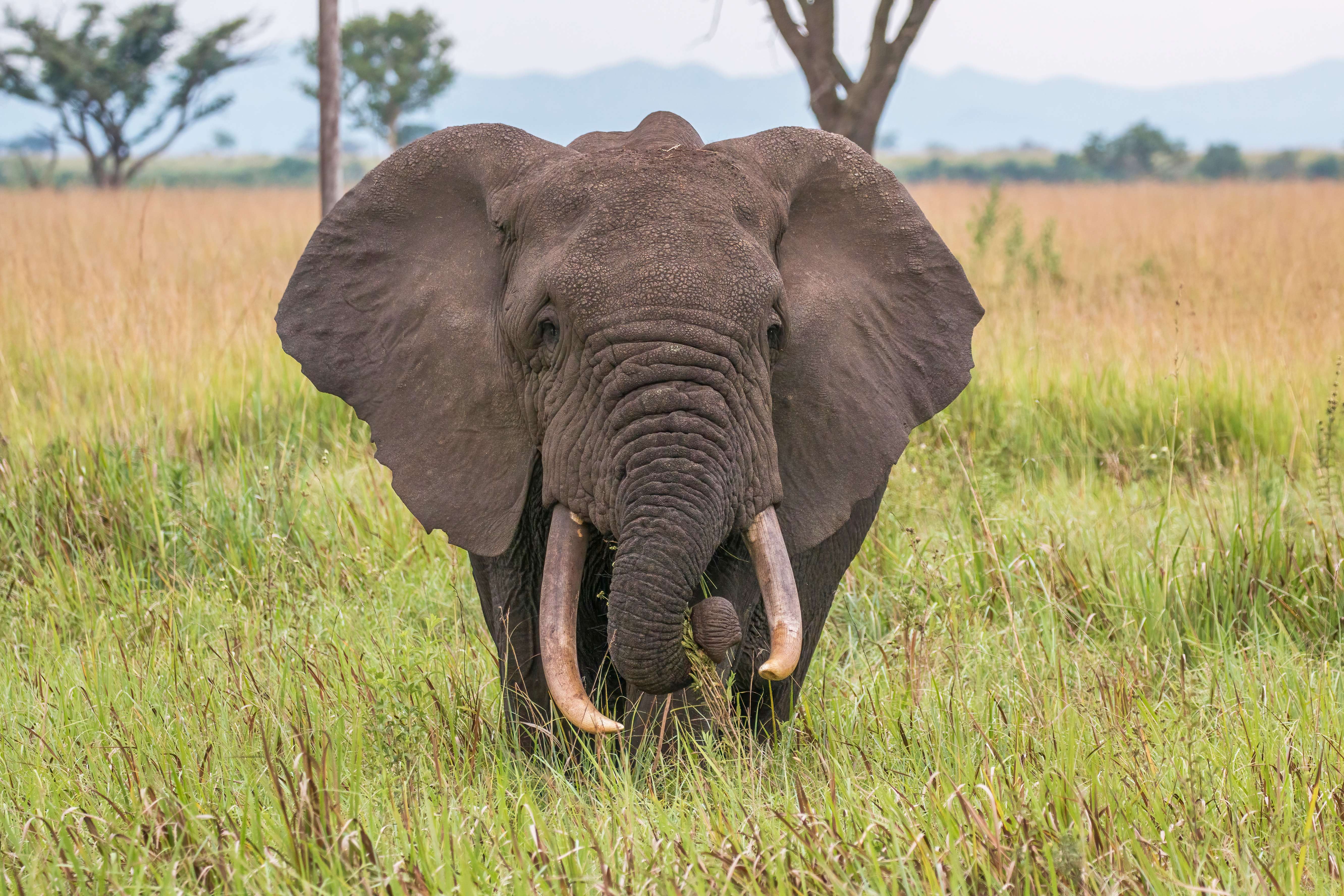
An elephant can reach up to 14,000 pounds, giving it a significant weight advantage over . This massive size difference alone creates a formidable challenge for any pride attempting to take down an adult elephant. Elephants are well equipped to cause deadly harm, with their sharp tusks, powerful trunks, and large feet capable of stomping and trampling.
These gentle giants become incredibly dangerous when protecting their young. Lions are known to target elephant calves as prey, but this can be a very bad move, and they may end up with a maternally enraged elephant on their tail. The protective instincts of elephant herds create an almost impenetrable defense system, with entire family groups circling their young to shield them from predators.
Hippopotamus
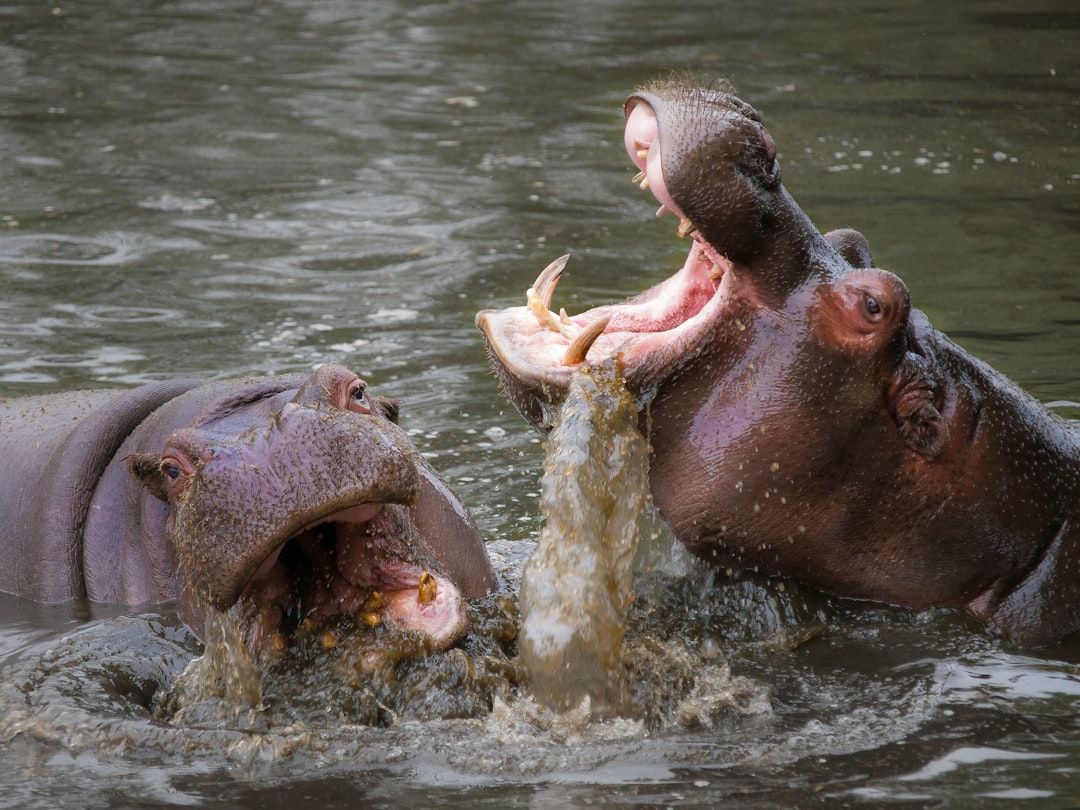
Hippopotamus’ are the number one deadliest large land mammal, killing an estimated 500 people per year in Africa. Despite their deceptively docile appearance, hippos possess one of nature’s most devastating weapons. By contrast, the 1,800-psi bite force of a hippo’s jaw – combined with its prominent teeth – can easily pulverize the body of .
Their territorial nature makes them even more formidable opponents. Moreover, hippos are aggressive enough to take the offensive. They are commonly known to displace any predators in their territory, whether they are hunting or not, by brute force. Despite weighing over 3,000 pounds, these enormous mammals can reach top speeds of 35 mph. This combination of size, speed, and aggression makes hippos one of the most dangerous animals lions can encounter.
Rhinoceros
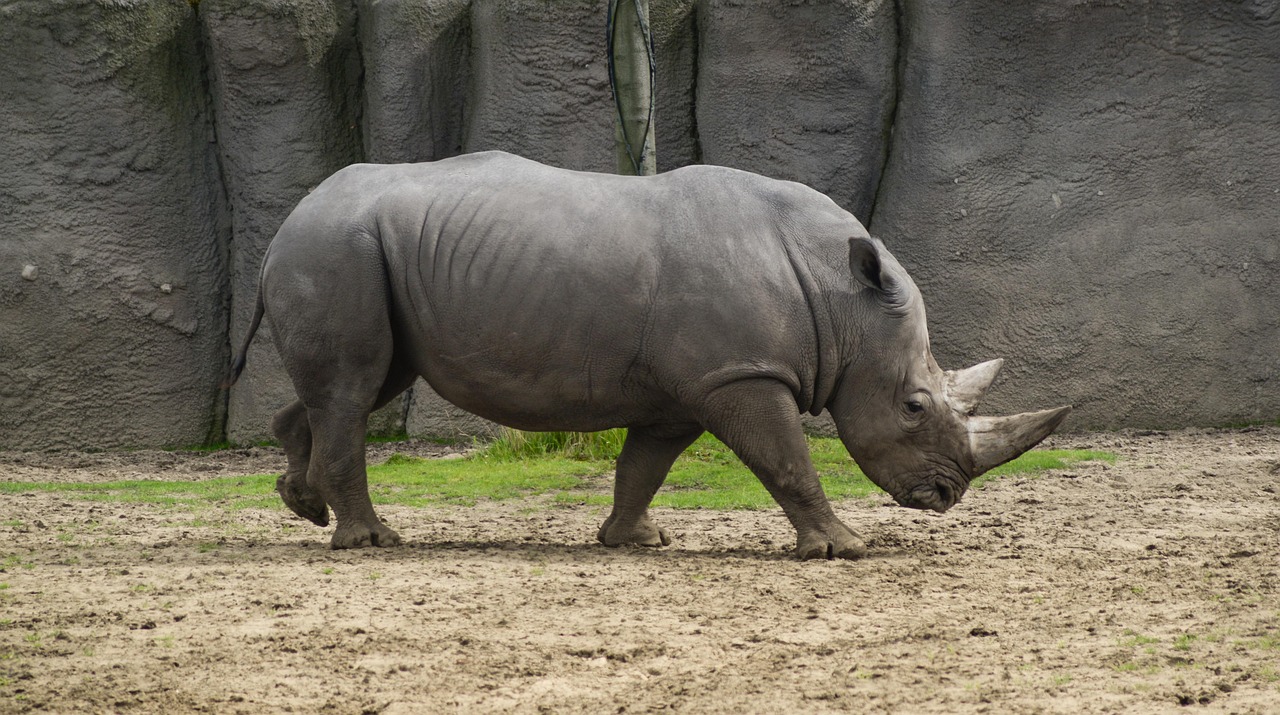
Rhinos weigh roughly 4,500 pounds, but that doesn’t slow them down. A full-grown rhino can reach a speed of 35 miles per hour (mph), and its horn is capable of goring an adult lion. The rhino’s weaponry extends beyond just speed and weight. Black rhino horns have been known to grow to an astonishing 4.9 foot in length – well suited for goring an unlucky lion.
Their defensive strategy proves highly effective against lion attacks. On the other hand, they have no natural predators, not even lions, and all of the top predators in their habitats know to avoid them. In addition to weighing roughly five times as much as lions, rhinos are also extremely territorial. Most experienced lions recognize the futility of challenging a healthy adult rhinoceros, making these encounters rare but decisive when they occur.
Giraffe

Giraffes can kick with a force of 2,000 pounds per square inch. This incredible striking power makes their legs deadly weapons against any predator foolish enough to approach within range. That is strong enough to kill with one blow if the giraffe hits it in the right spot. The physics behind these kicks are staggering when you consider their anatomy.
The average male giraffe weighs more than 2,500 pounds and reaches a height of 11 feet, not including its six-foot necks. This towering presence creates both offensive and defensive advantages. A well-placed kick from a giraffe can inflict serious damage, and in some cases, even kill . With hooves that are both large and sharp, a giraffe’s kick has enough power to crush bones or deliver a fatal blow. Their exceptional height also allows them to spot approaching predators from considerable distances.
Nile Crocodile
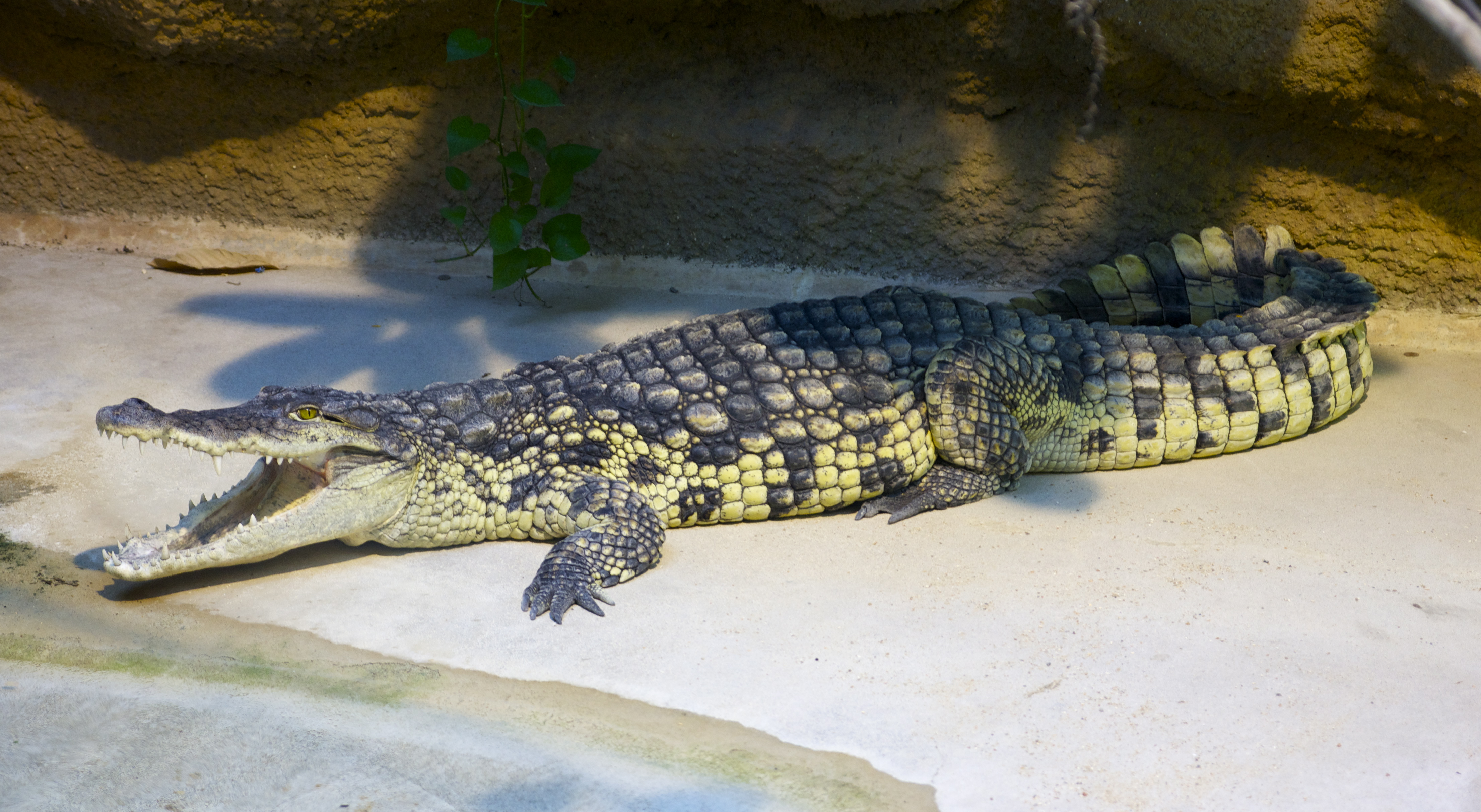
Another animal that competes with lions for prey is the Nile crocodile, an apex predator that can grow up to 5 metres in length, dwarfing even the biggest of big cats. These ancient predators possess one of the strongest bite forces in the animal kingdom. Crocodiles have an average bite force of 3,700 psi, a distinct step up from the estimated 1,000-psi bite force of .
Water provides crocodiles with their greatest tactical advantage. The pride tactics of lions give them advantages in many situations, but a crocodile’s method of latching onto a target and drowning it can be a very effective way for this animal to kill . Additionally, crocodiles have been known to prey on lions that are caught lingering too deep in a watering hole. This environmental advantage transforms ordinary drinking spots into potential death traps for unwary predators.
Cape Buffalo
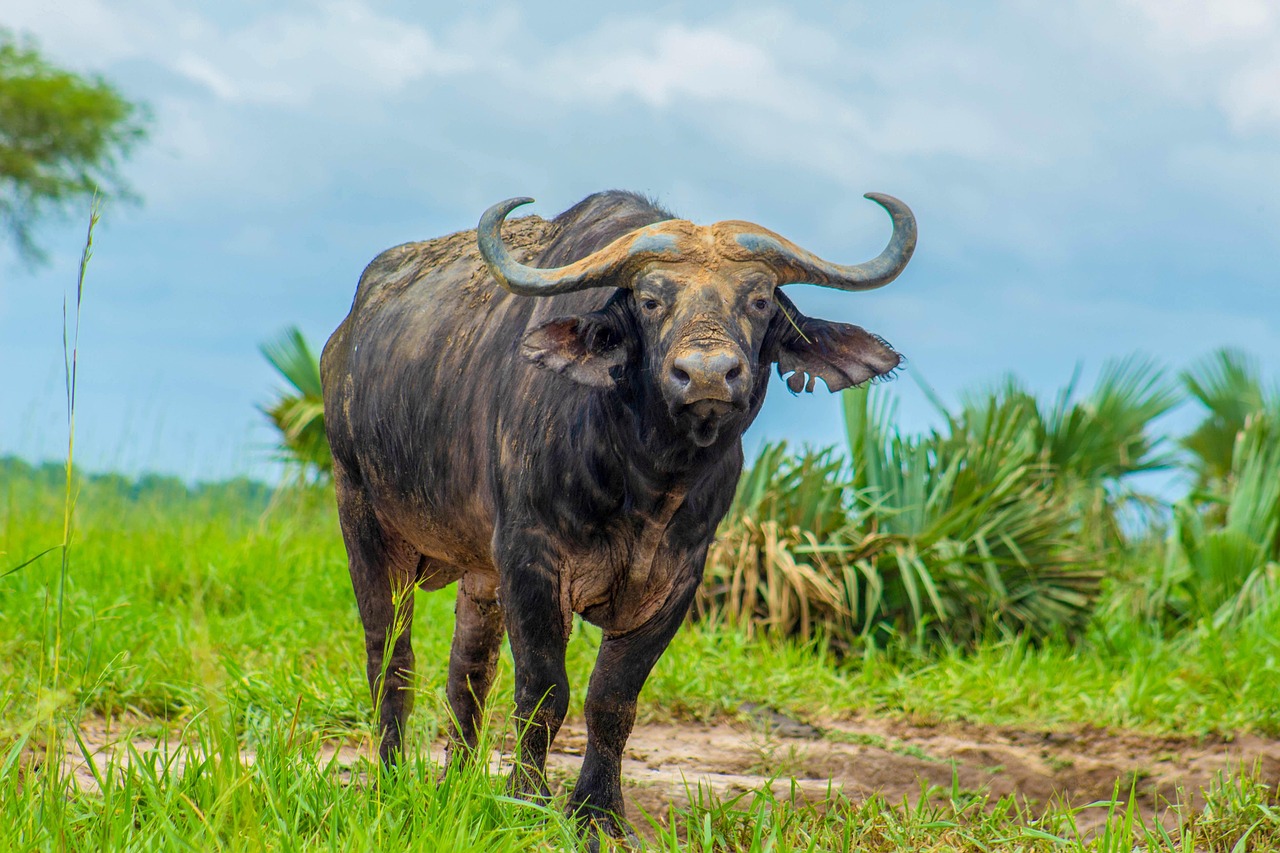
You’ll be surprised to hear that African buffalo are actually heavier than rhinos on average, longer, and just as tall. These massive herbivores combine size with aggressive temperament to create formidable opponents. In addition, they are famously territorial and generally aggressive, earning the nickname “the widow-maker.” Their reputation among hunters and wildlife experts speaks volumes about their dangerous nature.
Their collective behavior makes them even more threatening. Many water buffalo herds practice mobbing tactics, which take advantage of their sheer numbers to chase off or even kill lions that dare attack them. Water buffalo also pose a proactive threat, as these giant ungulates are known to seek out lion cubs and trample them to death before they can grow and pose a threat to the herd. This strategic approach to herd defense demonstrates remarkable intelligence and planning.
Spotted Hyena Pack
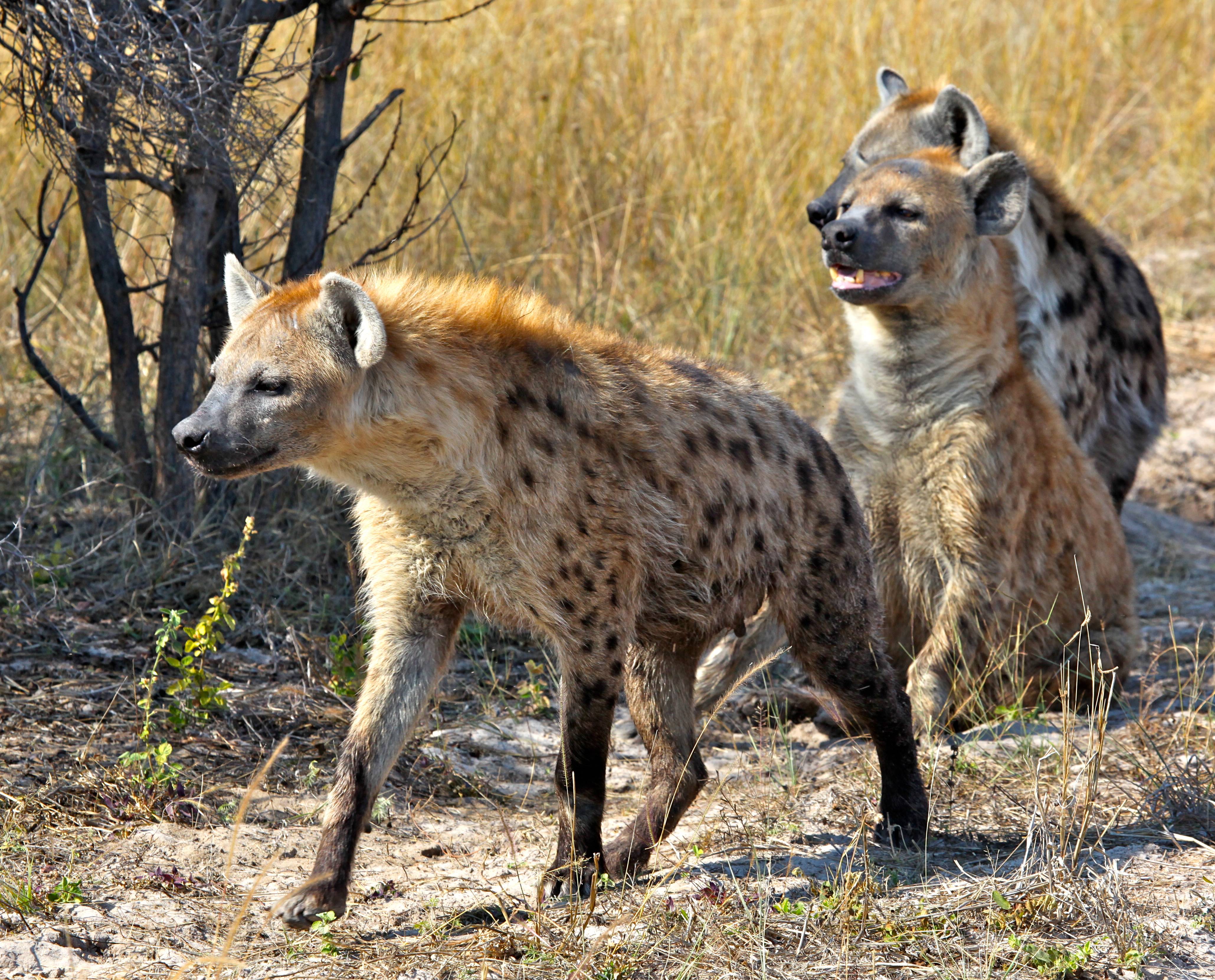
While individual hyenas rarely challenge lions directly, their pack dynamics create overwhelming odds. In particular, spotted hyenas, which are the most aggressive species of hyena, tend to ‘mob’ lions, overwhelming them with numbers and aggression. However, in instances where hyenas outnumber lions six to one, or when facing smaller lionesses and young males, hyenas have been known to go in for the kill with their sharp claws and bone-crunching teeth.
The relationship between lions and hyenas represents one of nature’s most complex rivalries. But lions and hyenas often come in conflict over kills, usually due to lions attempting to steal hyenas’ kills (disproving the common belief), and in their close-knit packs, hyenas often emerge victorious over lions. Their social structure and persistence often prove decisive in these confrontations, demonstrating that raw power isn’t always the determining factor in survival.
These seven remarkable animals prove that even apex predators face formidable challenges in the wild. Each creature brings unique advantages to potential confrontations with lions, whether through sheer size, devastating weaponry, or tactical superiority. Nature’s balance emerges through these complex relationships, where respect and avoidance often prove more valuable than confrontation.
What fascinates me most about these matchups is how each animal has evolved specific traits that can neutralize the lion’s advantages. The elephant’s mass, the hippo’s bite force, the rhino’s horn, the giraffe’s kicks, the crocodile’s aquatic ambush tactics, the buffalo’s mob mentality, and the hyena’s pack coordination all represent different evolutionary solutions to surviving in a dangerous world.
These encounters remind us that the title “king of the jungle” comes with constant challenges. Every hunt, every territorial dispute, and every defensive stand shapes the delicate balance of African ecosystems. What would you expect in a face-off between these magnificent creatures?

Hi, I’m Andrew, and I come from India. Experienced content specialist with a passion for writing. My forte includes health and wellness, Travel, Animals, and Nature. A nature nomad, I am obsessed with mountains and love high-altitude trekking. I have been on several Himalayan treks in India including the Everest Base Camp in Nepal, a profound experience.

